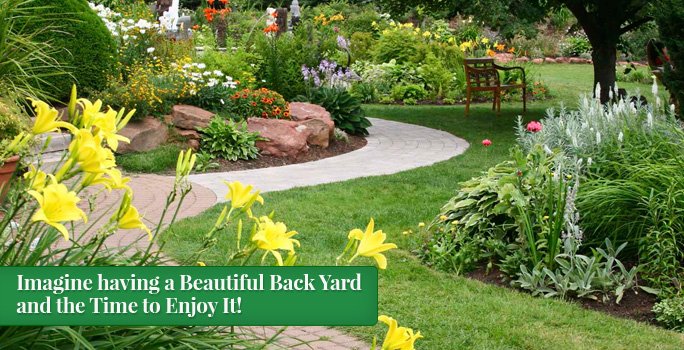
Record-breaking high temperatures aren’t the best conditions for growing vegetables. The heat, and smoke from wildfires, aren’t good for the gardener, either. Take care of your garden and yourself with these tips.
Caring for heat-stressed veggies
- Check soil moisture often and water so soil remains uniformly moist.
- If your plants wilt during the hottest part of the day, know that this is their way of coping with the heat. You should see them perk up in the evening as temps cool.
- Apply mulch around plants to keep the soil cool and to retain moisture.
Heat safety tips for humans
- Avoid working in your garden during the midday heat. Harvest your veggies in the morning when it is cooler.
- Stay hydrated. Drink plenty of water.
- Try to work in the shade. A hat with a wide brim can protect your face.
- If you wear a mask, remember that cotton is more breathable than synthetic fabrics.
- If your mask has a filter pocket, a PM2.5 filter can add some protection on days of poor air quality due to smoke.
Our landscapes can be an extension of our homes and a place to socialize and relax. But if the temperatures are high and air quality is low, it’s better for your health to spend a little more time indoors until conditions improve.
Click “DO IT FOR ME” to request a FREE quote.

Source: customer-service@bestyard.com in collaboration with Associated Landscape Contractors of Colorado

























